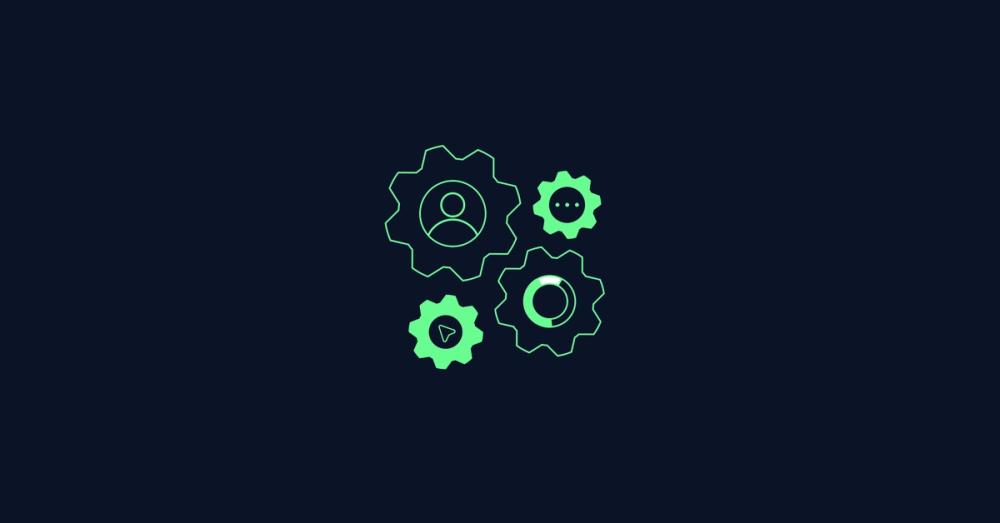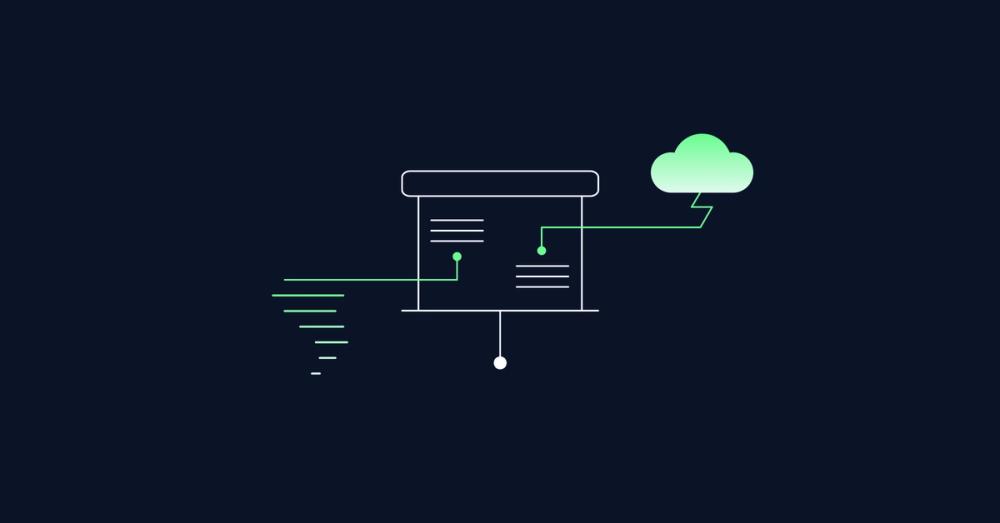Unlocking the Business Impact of UX Design
This post is part of a series
UX Design to WIN in Business
How to leverage UX Design to help your business win
3′ reading timeWhat is UX, how are we qualified to talk about it and how does it help your business
2′ reading timeHow usability testing saved our client from wasting 5 figure ad budget
2′ reading timeWhere does UX sit in your company?
2′ reading timeHow do UX and SEO help your company?
3′ reading timeHow we reduced CleverCards support tickets by 60%
2′ reading timeWhy UX Audit is a must for your business?
3′ reading timeCrafting a Unique Voice on Brand Identity w/ Florian Zeitler
3′ reading timeDesigning for International Markets w/ Sylvia
3′ reading timeUX Research & Testing – The Dinghy Way w/Nosipho Nwigbo
2′ reading timeThe Secrets to a Seamless UX in Agile Teams
3′ reading timeIntegrated UX Design, real example
4′ reading timeUnlocking the Business Impact of UX Design (currently reading)
6′ reading timeLet's talk about User Personas w/Nosipho Nwigbo
5′ reading timeHow do we make personas better at Dinghy w/Nosipho Nwigbo
4′ reading timeSimplifying Digital Transformation for Business Growth
5′ reading timeCommunication as a Catalyst for UX Innovation
4′ reading timeThe Power of Video Content in Marketing w/Jan Heinemeyer
3′ reading timeThe Business Impact of Good Content Management w/Daniel Becker
3′ reading timeBridging Communication Gaps in UX w/Daniel Becker
5′ reading timeDeveloping an MVP - why is it so important?
3′ reading timeBuilding MVPs That Work w/Daniel Becker
2′ reading timeThe AI Revolution Where Innovation Meets User Intent w/Rob Phillips
4′ reading timeThe Evolution of User-Centric Design
3′ reading timeThe Content Warehouse Approach: Small Team, Big Results
3′ reading time

Hey everyone, welcome to this summary blog post for the latest episode of our podcast UX Design to Win in Business. In this episode, I talked about the transformative power of user experience (UX) design, its impact on business, and how it goes beyond just UI design. We discussed real-world projects, including our collaboration with SumUp and a unique project with Maina Town, an artist collective from Bulgaria. In this post, I’ll summarize the key points, providing a roadmap for better understanding the importance of UX design in driving business outcomes.
tl;dr Link to this headline
UX design is more than just creating visually appealing interfaces. It’s about crafting an experience that meets users' needs while aligning with business goals. Our work at Dinghy demonstrates how integrating teams from diverse backgrounds—developers, designers, marketers, and business strategists—can lead to products that provide great user experiences. Through real-world examples like SumUp and Maina Town, we see how prioritizing features and creating a clear digital strategy can lead to significant successes.
Understanding the Business Impact of UX Design Link to this headline
In today’s rapidly evolving digital landscape, user experience design plays a pivotal role in shaping how businesses connect with their customers. Over the past decade, we’ve seen the rise of social media, dominant search engines, and now, generative AI. These shifts have led to a proliferation of digital products, many driven by AI features.
At Dinghy, we work with clients across various industries, focusing on one fundamental principle: great UX comes from collaboration across different disciplines. Whether it’s designers, front-end and back-end developers, marketing teams, or business strategists, all roles contribute to creating a digital product that not only works well but also delivers an exceptional user experience.
One key project we recently discussed is our work with SumUp, a card payments company. Our role in this project emphasizes the importance of connecting teams to ensure that everyone—from developers to business leaders—understands their role in building a product that resonates with users. Great UX doesn’t happen in silos. It’s a collective effort that requires close collaboration and alignment on business goals.
Maina Town: A Case Study in UX Design Link to this headline
Let’s shift gears to a completely different project with Maina Town, an artist collective from Bulgaria. This group reached out to us through LinkedIn after listening to our podcast, seeking guidance on how to structure their ideas and projects. They create custom storytelling products, like comic books, for organizations, and are also in the process of opening a museum that connects people with local culture.
For Maina Town, UX design wasn’t just about the visual aspects. It was about crafting a digital strategy that would help them organize and prioritize their wide array of ideas. Our task was to reverse-engineer how their customers would experience Maina Town, from the stories they tell to the events they organize.
We worked on distilling their vision by holding workshops and helping them focus on what mattered most. Much like the minimum viable product (MVP) concept in tech, we had to guide them through the trap of trying to do everything at once. Instead, we encouraged them to prioritize their efforts and refine their scope to ensure that they could deliver a product that would provide the best experience for their customers. This iterative approach is crucial to any successful UX strategy.
UX Design Is More Than UI Design Link to this headline
One common misconception I often see in the industry is the confusion between UX and UI design. While UI is a part of UX, the latter goes far beyond just visual elements. UX design encompasses everything that shapes how customers interact with a brand—from the first touchpoint to product usage and beyond.
In the case of Maina Town, we weren’t focusing on the UI at the start. Instead, we were mapping out the user journey, laying out a strategy for how their users would engage with their stories and projects. UX design, in this context, is more closely aligned with brand design. It’s about how people remember their interactions with your brand—whether it’s through an app, a comic book, or an event.
Making the Right Decisions for Great UX Link to this headline
One of the key takeaways from our work with Maina Town is the importance of making deliberate decisions. Great UX design is about saying no to certain things so that you can say a stronger yes to the things that matter. When you try to do everything at once, you risk diluting your focus and ultimately delivering a subpar experience.
By prioritizing what’s most important to their audience, Maina Town is setting themselves up for success. This focus on making one aspect of their project exceptional before moving on to the next will ensure they continue to deliver meaningful experiences that resonate with their users.
Frequently Asked Questions Link to this headline
What’s the difference between UX design and UI design?
- Usability Testing
- Roadmap Planning
- Idea Prototyping
UX design is about the overall experience a user has with a product or brand, while UI design focuses on the visual elements and layout of the product.
How can UX design impact business success?
- Usability Testing
- Roadmap Planning
- Idea Prototyping
Good UX design improves user satisfaction, leading to higher engagement, retention, and ultimately, business growth. It also helps businesses align their product development with user needs and expectations.
Why is prioritization important in UX design?
- Usability Testing
- Roadmap Planning
- Idea Prototyping
Prioritizing features and focusing on key aspects of the user experience allows you to deliver a better product and gather feedback sooner, helping to ensure long-term success.


